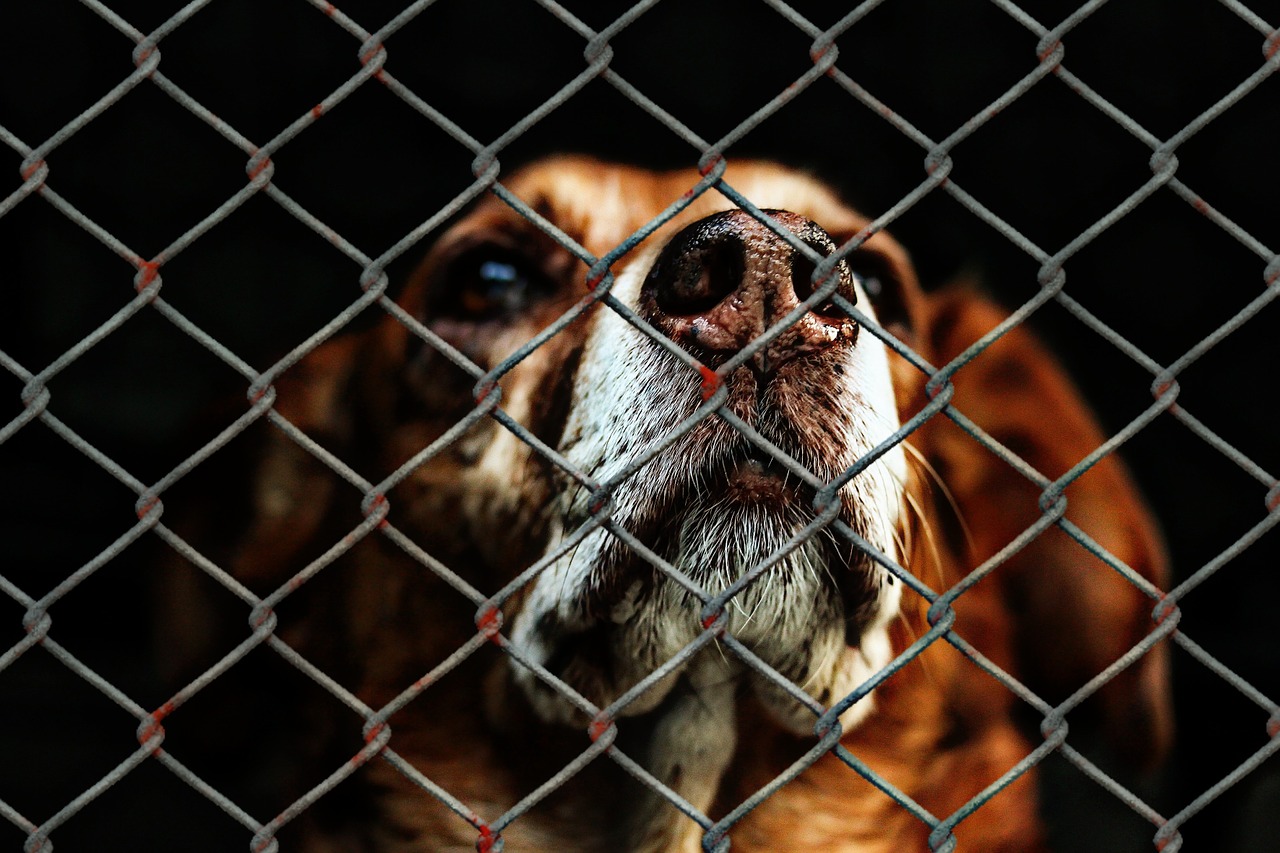The world today recognises that animals are conscious living beings and feel much like we do. Globally, we see more people speaking out against cruelty to animals, which translates into both a change in how we see animals, and policy changes that regulate how we treat them.
There have also been breakthroughs in the fields of scientific inquiry, business, and law. The Cambridge Declaration on Consciousness of 2012, for instance, saw a prominent group of scientists gather together at Cambridge University, where they declared that animals are conscious like us. This has been a major victory for the animal rights movement, because now activists are able to challenge cruelty on this additional premise.
Business too has seen a boom in plant-based and vegan companies. Beyond Meat–a plant-based meat company whose shares have surged over 700 percent on the New York stock exchange in just 3 months–is one such example. Plant-based meat is a nascent yet growing space, with more and more capital flowing into companies like Beyond Meat.
While the animal rights movement has a long way to go, one can see it is out of its infancy and well into adolescence.
The legal protection of animals has also seen several milestones over the past decade, which I discuss below in greater detail. From studying these developments, it is clear that while the animal rights movement has a long way to go, one can see it is out of its infancy and well into adolescence. However, for the movement to really achieve its goals, systemic institution building and the legislation of stronger protection laws, is the way forward.
Related article: Animal welfare: Where does India stand?
The legal scenario in India
Article 51A (G) of The Constitution of India places a duty on every citizen to “protect and improve the natural environment including forests, lakes, rivers and wild life, and to have compassion for living creatures.”
The Prevention of Cruelty to Animals Act (PCA) was passed in 1960. Two large batches of rules under the PCA have been passed in the past 20 years, the first in 2001 and the second in 2017 and 2018. In 2001, rules pertaining to performing animals in circuses and movies, slaughterhouses, animal birth control, and the setting up of societies for the prevention of cruelty to animals (SPCA) were passed. In 2017 and 2018, rules on the regulation of shops that sell animals as pets, dog breeders, and livestock markets were passed.

Picture courtesy: Wikimedia Commons
While these rules may seem extensive there is a major issue with implementation. And the reasons for this range from public apathy to a vested or commercial interest in exploiting animals. Despite rules being passed in 2001 for each district to have an SPCA, hardly any states have them. The state of Maharashtra, for instance, only began issuing notices to set up SPCAs in 2018—seven years after the mandate was issued. Similarly, rules regulating shops that sell animals for pets and breeders have not been implemented in any state completely.
Apart from implementation, basic compliance with regulations is also an issue.
Apart from implementation, basic compliance with regulations is also an issue. Although the PCA explicitly mandates the minimum acceptable standard for animal housing, it is appalling to see the number of factory farms cropping up across the country, which do not comply with these laws. In all layer farms, egg-laying hens spend their entire lives standing on wire meshes and have less space than an A4 size piece of paper. They never get a chance to fully spread their wings and see the sun just twice in their lives: once while going into the battery cage farm and the other on the way to slaughter. The entire system of intensive animal farming is practiced in complete disregard for the fact that animals are living, sentient beings. Furthermore, most of the practices are in direct violation of the stipulated laws.
Even if one is able to push for better implementation, there is still the issue of penalties, which are often not commensurate with the offense. Under The Prevention of Cruelty to Animal Act, 1960, in the case of a first offence, the maximum penalty is INR 50; for the second offence, it is INR 100.
Related article: Do we turn a blind eye to animal rights?
How policy change has been effected thus far
Advocates for animal rights and implementing animal protection laws are often left with no option but to file a case before the High Court of the relevant state, or the Supreme Court of India.
The 2014 Jalikattu judgment, also known as the magna carta for animal rights in India, was passed by the Supreme Court of India and prohibited the cruel and inhumane bull taming sport. It is a landmark judgment not least because it extended the ambit of Article 21, which provides the fundamental right to life and liberty, to include animals as well. Courts from across the world have cited the judgment as a path changing ruling that has altered the way the world sees its non-human citizens. Even still, in 2017 the government of Tamil Nadu brought in an amendment to the PCA Act, to permit Jallikattu. Activists have since challenged this, and it is now pending hearing in the Supreme Court.
Similarly, nonprofits have filed a series of petitions across high courts in India challenging the use of intensive agricultural practices in the egg-laying industry. And in the high courts of Mumbai and Uttarakhand, there have been petitions to better implement the pet shop and dog breeding rules in the PCA. This method of change making cannot be a long-term solution as it adds a tremendous amount of pressure on a highly burdened judiciary, not to mention the activist community seeking change for animals. A case in point is that of Jalikattu, where the government of Tamil Nadu amended an act despite a court order.
The changes we need to see
Working on animal welfare needs to be handled by an entire ministry, not just a board.
Minimising animal cruelty requires systemic change. For instance, the Animal Welfare Board of India–constituted under the PCA, and was given a wide range of functions from advising the government on animal welfare laws to granting financial assistance to animal welfare associations. It has now been transferred from the Ministry of Environment, Forest and Climate Change to the Ministry of Agriculture. It is extremely difficult to understand how the Agriculture Ministry, which is tasked with increasing the production of meat, fish and dairy, can also look after the welfare of animals. In fact, working on animal welfare needs to be handled by an entire ministry, not just a board. Just as there is a Ministry of Agriculture and Farmers Welfare in the center, and a Ministry of Animal Husbandry, Dairies and Fisheries in every state, there needs to be a Ministry of Animal Welfare.
Plus, each state needs an active State Animal Welfare Board which is empowered with a budget to function. Each district needs to have a society for prevention of cruelty to animals, which actively works to implement the legal provisions under the PCA and rules thereunder. Having a dedicated ministry, state boards, and SPCAs can help stop cruelty, increase public awareness, and with time, do away with public apathy.




